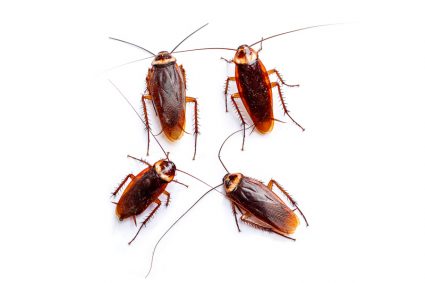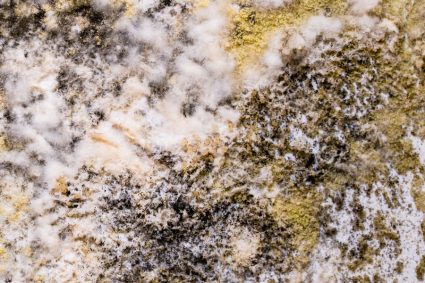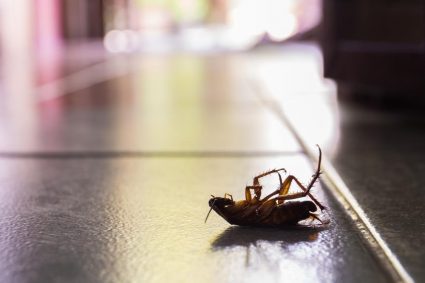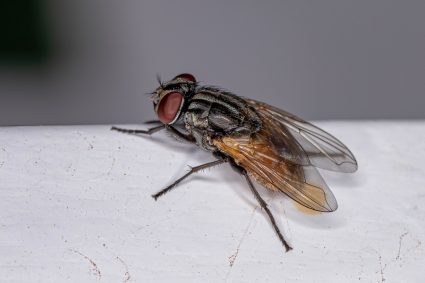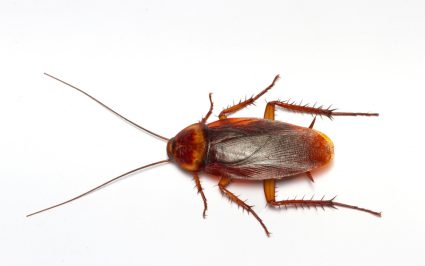
Fleas are a common problem for pet owners and can quickly become a nuisance in your home. While there are many commercial products available to combat fleas, they often contain harsh chemicals that can be harmful to your pets and family. Fortunately, there is a natural, cost-effective solution you can use: vinegar flea spray. This article will guide you on how to make vinegar flea spray at home, why it is effective, and how to use it safely.
To make vinegar flea spray, mix equal parts of organic, raw apple cider vinegar and water in a clean spray bottle. You can enhance its effectiveness by adding a few drops of lavender or peppermint essential oil. Shake the bottle well to mix the ingredients and lightly spray the solution onto your pet’s fur, avoiding the face, and on their bedding and other areas where fleas might hide. Apply consistently every few days until the flea infestation is resolved.
What is Vinegar Flea Spray?
Vinegar flea spray is a natural solution used to deter fleas from pets and their surroundings. It’s made by mixing vinegar, usually apple cider vinegar, with water in a spray bottle. The acidic nature of vinegar makes it unappealing to fleas, so they tend to avoid surfaces and pets treated with it. It’s important to note that vinegar does not kill fleas at any life stage (adults, larvae, pupae, or eggs). However, vinegar can help repel adult fleas due to its unappealing taste and smell.
Ingredients Needed for Vinegar Flea Spray
To make a vinegar flea spray at home, you’ll need the following ingredients:
- 200 ml of organic, raw apple cider vinegar
- ½ tsp sea salt
- ½ tsp baking soda
- 2-3 tsp warm water
Alternatively, you can create a more potent solution by combining:
- 4 liters of vinegar
- 2 liters of water
- 500 ml of lemon juice
- 250 ml of witch hazel
Step-by-Step Process to Make Vinegar Flea Spray
- Gather your ingredients.
- Find a clean spray bottle that has not been used with cleaning agents or anything similar.
- Fill the spray bottle with equal parts apple cider vinegar and water.
- If desired, add a few drops of lavender or peppermint essential oil to the mixture.
- Shake the bottle well to mix the ingredients thoroughly.
- Lightly spray the solution onto your pet’s fur, avoiding the face, and on their bedding and other areas where fleas might hide.
Safety Precautions and Health Concerns
While vinegar flea spray is generally safe for pets and humans when properly diluted, it is not an effective solution for killing or controlling fleas. If undiluted, vinegar can cause skin irritation and, if ingested, can irritate the pet’s esophagus and gastrointestinal tract. Some cats may also have allergies to vinegar, which can result in itching and rashes. Always consult with a veterinarian before applying any treatment to your pets, especially if they are pregnant, nursing, old, or have a medical condition.
Frequency of Application
For maximum effectiveness, apply the vinegar flea spray consistently every few days until the flea infestation is resolved. Fleas can lay eggs quickly, so it’s crucial to be thorough with your treatment to prevent the infestation from lingering for weeks or even months.
Storage and Shelf Life
To store the vinegar flea spray for future use, keep it in a spray bottle away from direct sunlight. Apple cider vinegar has a shelf life of about 3-5 years, so the flea spray should be fine for a long time. However, it’s a good idea to note the expiration date of the apple cider vinegar you used and mark the spray bottle accordingly.
Making Vinegar Flea Spray More Effective
To make the vinegar flea spray more effective, consider adding essential oils like lavender or peppermint to enhance the flea-repelling properties and improve the smell of the spray. Also, remember to vacuum your home and wash infested items before applying the homemade flea remedy.
In conclusion, vinegar flea spray is a natural, cost-effective solution to deterring fleas from your pets and home. However, it should be used as part of a comprehensive approach to flea control, including regular cleaning and professional pest control treatments, for best results. Always consult a veterinarian before applying any treatment to your pets.
Frequently Asked Questions
Can I use white vinegar instead of apple cider vinegar?
Yes, you can use white vinegar instead of apple cider vinegar. Both types of vinegar have similar acidic properties that can deter fleas.
How long after applying the vinegar flea spray can I pet my animal?
Once the vinegar flea spray has completely dried on your pet’s fur, you can pet them as usual. This usually takes about an hour, depending on the amount of spray used and the thickness of your pet’s fur.
Can I use vinegar flea spray on kittens or puppies?
Vinegar flea spray can be used on kittens and puppies, but it’s crucial to consult with a veterinarian first, especially for very young or small animals, as they can be more sensitive to vinegar.
Is vinegar flea spray safe for pregnant or nursing animals?
While vinegar is generally safe, it’s always best to consult with a veterinarian before applying any new treatment to pregnant or nursing animals.
Can I use the vinegar flea spray on my furniture or carpet?
Yes, vinegar flea spray can be used on furniture and carpets. However, it’s a good idea to test the spray on a small, hidden area first to ensure it doesn’t discolor or damage the material.
Will vinegar flea spray stain my pet’s fur?
Vinegar flea spray should not stain your pet’s fur. However, if your pet has white fur, you might want to test a small area first to ensure it doesn’t cause any discoloration.


